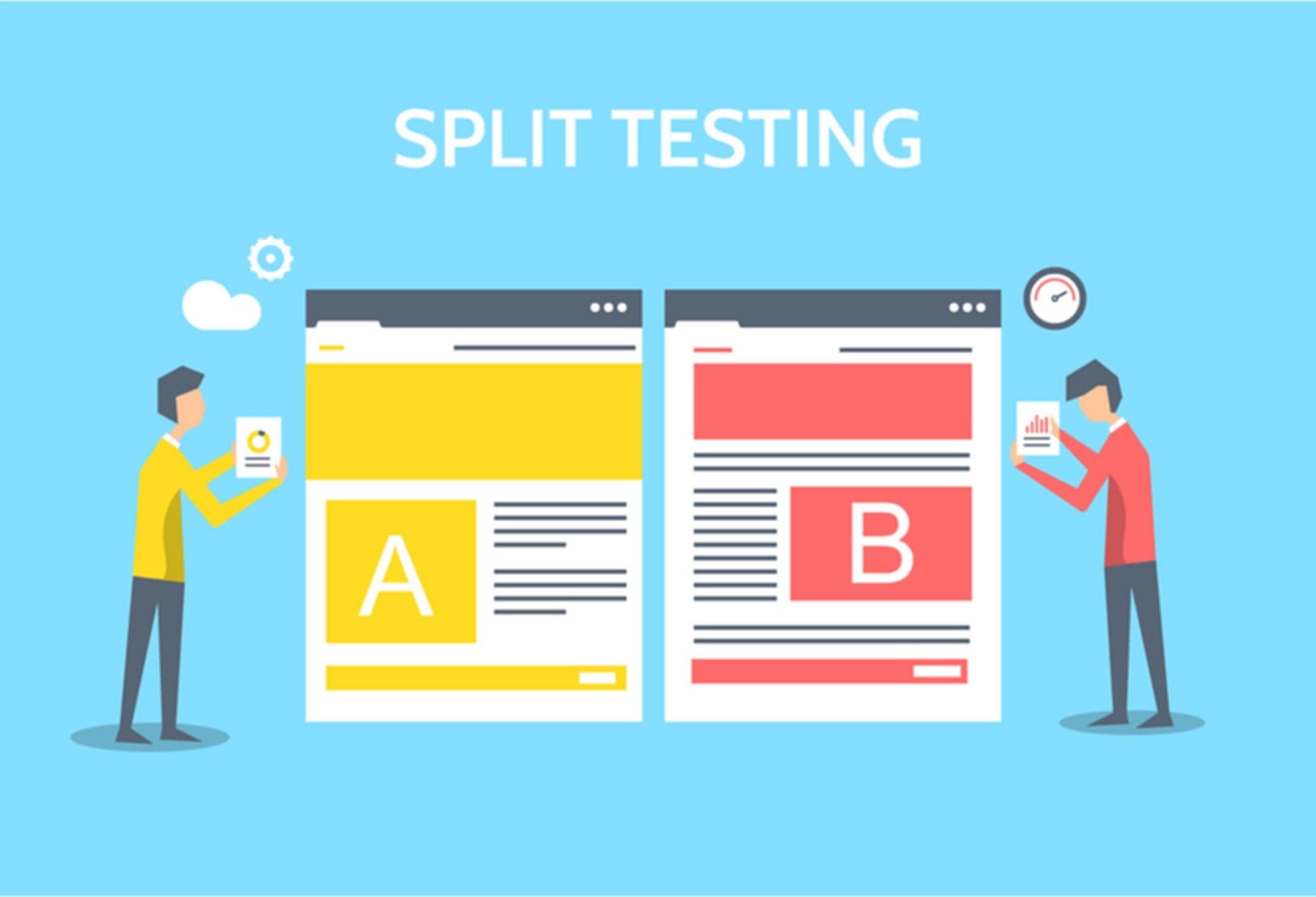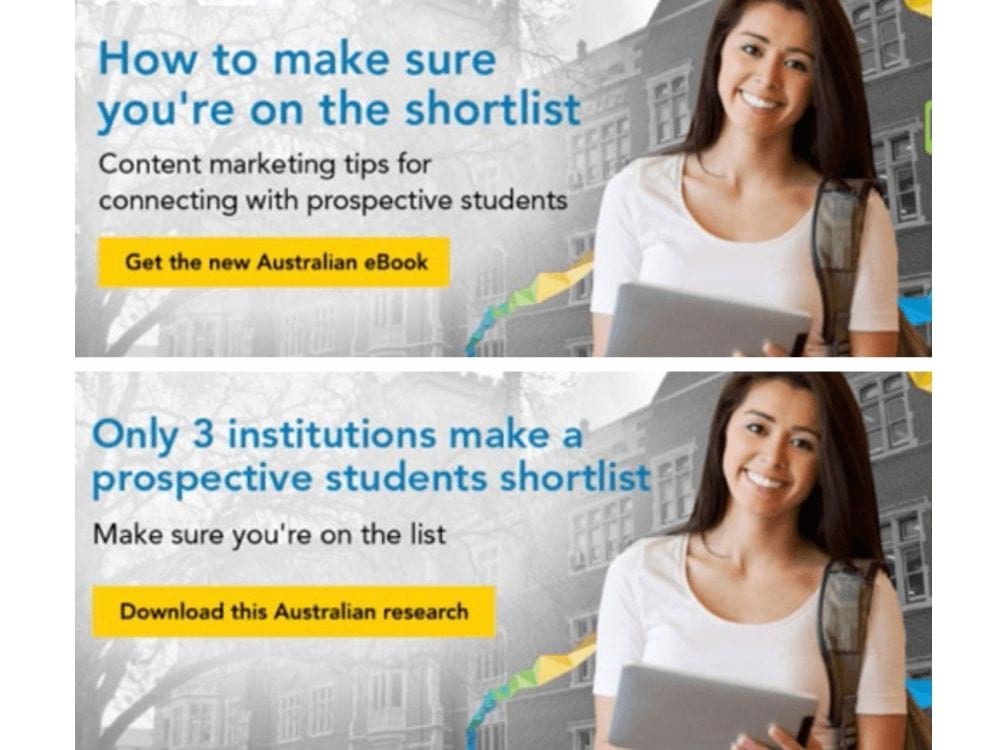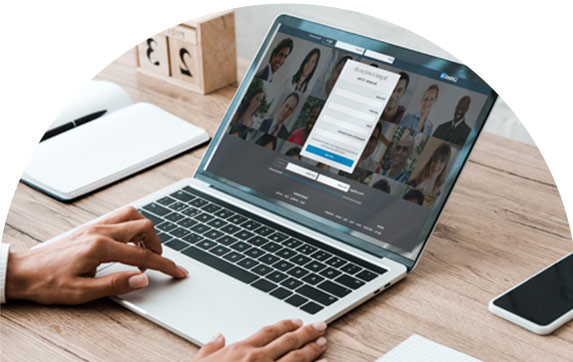LinkedIn is the single most effective platform for B2B lead gen. While social media platforms like Facebook and Twitter are becoming less and less useful for marketing, LinkedIn continues to be a hub of industry knowledge and networking.
The problem is getting potential leads to reply to outreach messages. LinkedIn has become flooded with businesses vying for leads, sending out mass-produced messages that give the entire marketing practice a bad name.
When your lead generation campaigns aren’t generating replies, it’s a massive waste of resources and marketing costs. If you’ve found yourself aimlessly sending out messages to potential clients and getting hardly any responses, you’re not alone – many businesses have fallen into this pointless routine.
That’s where A/B testing comes into play. By improving the way you communicate with potential clients, you’ll maximize your lead generation and see an overall increase in response rate.
If you’re unsure where to start with an A/B test for LinkedIn lead generation, this post will give you everything you need to know to get started.
If you’re looking for an easy way to get started with A/B testing on LinkedIn, you can check out our A/B testing feature that will get you up and running quickly.
What is A/B testing?
A/B testing is a systematic way of understanding variants of a campaign. Also known as split testing, the process involves showing your audiences two slightly different types of email marketing campaigns, messages, or web pages to see which one gets the best results.
Modern marketers know that A/B testing is one of the best ways to optimize results because it helps to craft a message that your audience engages with. Research shows multivariate testing can actually help you increase ROI by at least 30%.
The more you can optimize your message, the more engagement you’ll get, and the better your chance of converting your audiences to clients or customers.
How does split testing work?
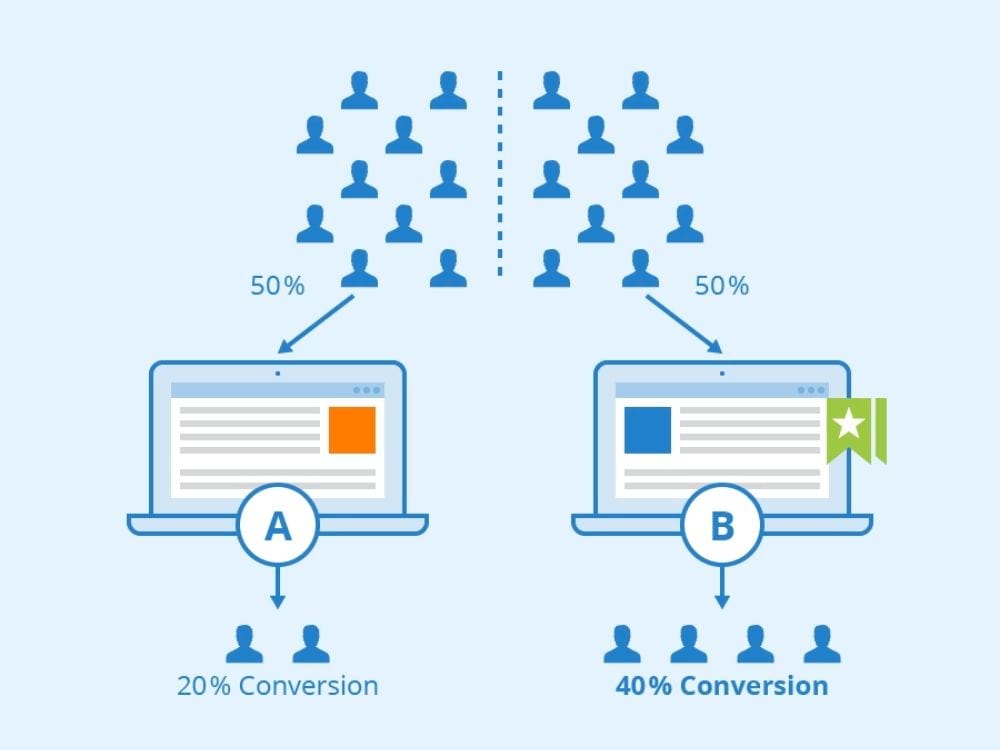
https://www.seobility.net/en/wiki/AB_Testing Author: Seobility – License: CC BY-SA 4.0
When it comes to outreach messages on LinkedIn, classic split testing is very important. You might have different ideas for what to include in your outreach, but you’re not sure what tactics will get the most engagement or connection.
In this case, split testing the different messages will show you which message gets the most opens, click-throughs, replies, and CTA conversion rates in real-time.
The problem most business owners face is figuring out exactly what to split test. The question is, how do you narrow down what you test?
It’s best to keep things simple. If you change your formats too much, it will be difficult to figure out what is driving the success. Instead, you’ll benefit from writing an outreach message and changing just one aspect to split test:
- Change the opening line or preview
- Change the headline
- Change the call to action (CTA)
- Voice message vs written message
- Adding your portfolio or social links
- Include a case study
You then simply send out these two different messages to two different groups of people on Linkedin. As you track the reply rate, you’ll get a sense of which combinations are doing best and can begin improving on that marketing message accordingly.
Why is split testing important?
Without the type of analytics you get from split testing your outreach messages, you’ll end up relying on industry best practices. The problem is these aren’t always best for your niche or audiences and although they are a good place to start, you won’t get the maximum return using these common standards alone.
No matter how talented your marketing team and copywriters are, they can always be wrong when trying to guess what potential customers or clients will respond to.
Split testing gives you concrete data that shows what works, what doesn’t, and how to improve your message performance.
Split testing on LinkedIn
When it comes to social split testing on LinkedIn, most people focus on two channels:
- Sponsored content – paid campaigns promoted through social media posts on your company page.
- Direct sponsored content – paid campaigns that are shown on the feed, not your own company page posts.
But another great opportunity for a split-testing experiment on LinkedIn is through outreach messaging.
Direct messaging gets a bad rep since the platform is flooded with insincere, generic messages from companies.
But when there is a strategy behind the campaign and the goal is giving value to potential customers without being pushy or salesy, it is one of the best methods to grow a brand on LinkedIn and gives a higher level of control over your marketing efforts.
This is where Zopto comes in, reducing your workload by automating the outreach process, filling your inbox within the first few days of starting your campaign. The Zopto dashboard gives you a view of various statistics for your outreach efforts, which you can use to adjust your messages accordingly.
Steps to follow when carrying out an A/B test
If you’re split-testing a sponsored campaign on LinkedIn, the process of split testing is very easy:
- Create the campaign you want to promote. You’ll be able to set the budget, bidding, content piece, etc.
- Create a replica of this campaign (giving you two identical versions of the campaign).
- Change just one variable of the replica campaign that you want to test. For example, the image, image caption, targeting, etc.
- Run both campaigns and keep track of the conversions to see if one is doing better than the other.
It’s important to only change one specific aspect of the campaign to avoid confusion about what is making the difference in performance, if you find one.
Use A/B testing to optimize targeting
All business owners know they need to target a specific audience and tailor their type of communications accordingly. You’ve heard the saying that a brand that speaks to everyone speaks to no one.
A/B testing on LinkedIn is an effective and relatively easy way to optimize your targeting and make sure you’re engaging your target audiences with your messages or posts.
Direct mail marketers know they need to split test all LinkedIn campaigns, take what they learn to optimize the campaign, split test again, and continue with this optimization process to improve targeting.
From wording and images to profile pictures and visuals, testing these factors with your current audience will help you improve your marketing and get the best return.
How long should you do A/B testing?
The time needed differs on different social media like Instagram or Facebook, but LinkedIn recommends running any campaign for a minimum of two weeks before ending it. This gives it an opportunity to glean real statistics, though you may decide to let the campaigns run for longer if you’re getting good results.
But that doesn’t mean you should terminate all of your A/B tests once two weeks are up. You might begin to find some interesting insights from an A/B test and decide to narrow down the parameters even further, which will take longer.
On the other hand, don’t fall into the trap of letting unsuccessful campaigns run for too long. This can quickly eat into your marketing budget and waste your time.
Measuring and optimizing your campaign
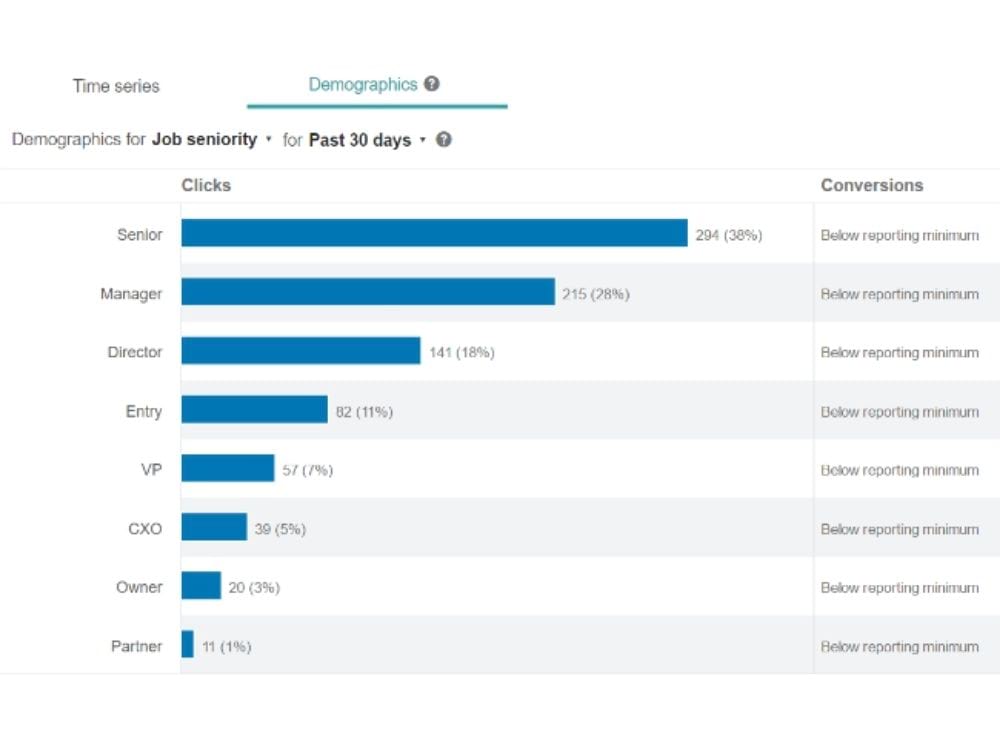
Creating a campaign or outreach message to split test is only the first step. The real work comes when you measure the progress and use the insights to optimize your campaign, giving you a formula to follow.
Here are a couple of tips for measuring and optimizing your campaigns and outreach messages on LinkedIn to maximize conversions.
Test variations simultaneously
It’s tempting to run one campaign at a time when split testing. Many businesses think they should run the first campaign one month and the next in the months after.
The problem is that you can’t be sure there are no confounding variables affecting your results. Perhaps the difference you’re seeing is because of the time of day or month, not your factors.
So whenever split testing campaigns on LinkedIn, test both templates together. This eliminates as much outside influence as possible and shortens your schedule.
Use Conversion Tracking
LinkedIn has conversion tracking that allows you to track click-through rates, website visits, call to action (CTA), etc. This will give you solid data on your campaigns if you split test messaging ads.
Optimization cycles
When you run a split test and find one version or your campaign or outreach message is working better than the other, don’t stop there.
Take the more successful campaign and run a new test to analyze a different metric. Market managers will go through several cycles of optimization when you split test to make sure the messages used are as optimized as possible.
Personalization
An easy way to optimize your outreach messages is to personalize them to the individual or company you’re reaching out to. Take a minute to find the name of the users you’re messaging so they know you’ve taken the time to tailor the message to them. When personalization is done right, it can lead to 97% candidate reply rates.
To go the extra step and improve your opportunities, find potential clients that you share a LinkedIn group with and mention it in your message. This increases your chances of getting a response by an impressive 21%.
Final Takeaway
Running A/B tests for lead generation on LinkedIn is one of the most effective ways of improving your return. It doesn’t require expensive tools or a significant marketing budget spend.
If you’re willing to study your insights and stick with A/B testing, you’ll find your outreach messages become significantly more effective, giving your company more leads, an advantage over the competition, and an inbox full of replies from users.
FAQs
How to Set Up LinkedIn Message Ads
- In your LinkedIn business account, go to your Campaign Manager and click ‘Create Campaign’ to get started.
- Message ads are under ‘Website Visits’ or ‘Lead Generation’ so you can choose either tool.
- Next, build your audience if you’re starting from scratch or select from your saved audiences feature if you have one. If you’re building a new audience, you can begin with broad metrics and narrow it down as you go.
- Select your budget (daily or total).
- Add conversion tracking to monitor website visits, clicks, etc.
- Finally, click ‘Create New Ad’ to launch your new campaign!
What you should be wary of before you start split testing?
When A/B testing, there are some common pitfalls you need to avoid:
- Having too many factors – test one specific factor during each round of split testing to keep things simple to track.
- Going over budget – it’s easy to let campaigns run too long and eat into your marketing budget so set a strict budget before you start.
- Not giving your test long enough – don’t expect clear results in days, it will take at least two weeks to get reliable results.
- Giving your test too long – if you’re not seeing a stark difference in your split test, don’t let it run forever. Call it off after a couple of weeks and try testing different metrics that may be more important to your audiences.
- Testing too many variables – don’t get sucked down the rabbit hole of rabbit testing. There are endless variables to split test, but you’ll know when you have an effective, well-optimized campaign or outreach message you can stick with.
How do you end a split test?
There is no official endpoint of a split test, it’s a question of you declaring a winner and calling an end to the test.
This might be an obvious point when one campaign is doing significantly better than the other. Or you might find that neither test does well at all and you go back to the drawing board.
The more you run split tests, the better you’ll be at calling an end to the tests and moving on.
